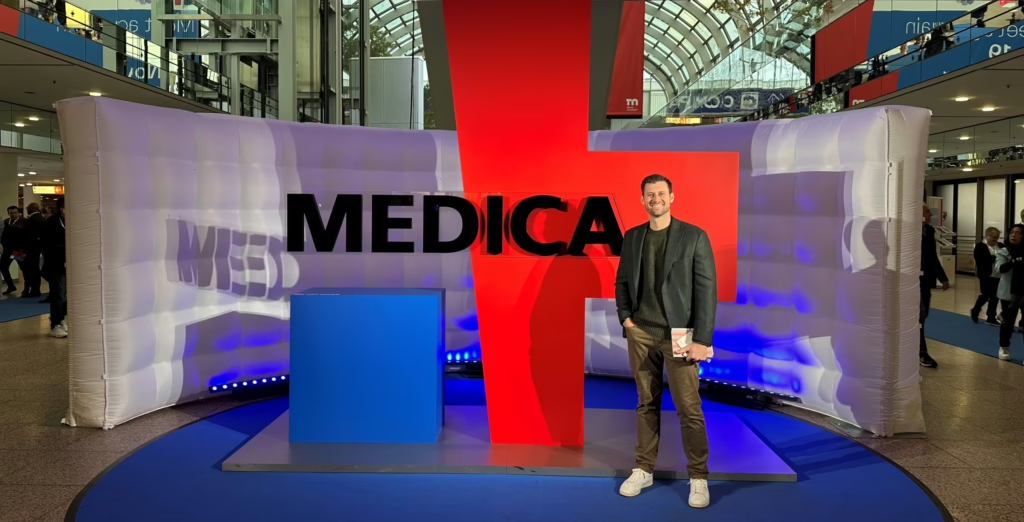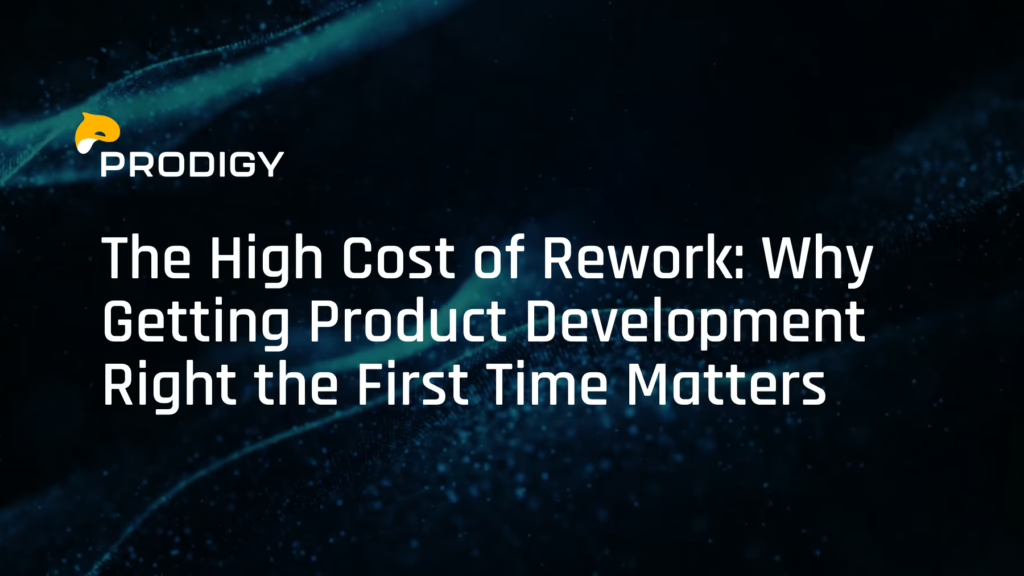Insights
The Prodigy Edge – How Leading Engineers Stay Ahead of the Curve
At Prodigy, we’re proud to employ electrical, mechanical, and software engineers who are at the top of their fields and have access to the latest technology necessary to create products that have generated billions of dollars worth of value for our clients. Continuous improvement is at Prodigy’s core – our mission is to always be improving our knowledge base to better understand the businesses and markets we serve. Our culture tends to attract individuals committed to bettering their own understanding of the world. The hiring program for engineers at Prodigy is rigorous and designed to accept only the top 2 percent of applicants, ensuring you’re working with the best engineers in their field.
But we don’t stop there. In this blog post, we’ve asked some of our best and brightest how they keep their edge and commit to continuous learning.
What news sources do you read on a regular basis?
- Primarily LinkedIn. I’ve found that with the combination of my communicated expertise and the LinkedIn Learning courses that I’ve completed, my LinkedIn feed provides me with informative articles about the latest technology trends – Matt Smith, Senior Engineering Team Lead
- I like to browse websites such as phys.org and the ASME mechanical engineering magazine. Phys.org offers a wide array of scientific articles catering to more than just mechanical engineers. The latter news source provides articles showcasing exciting studies and innovations pertaining specifically to mechanical engineering. Browsing LinkedIn I also frequently find engineering news from engineering teams all over the world. – Rory McGoff, Associate Product Engineer
Do you participate in any continuing education opportunities? If so, which ones have you found most valuable?
- I’ve taken advantage of Prodigy’s subscriptions to platforms like LinkedIn Learning and SolidWorks. I’ve used SolidWorks to get certified across a variety of areas (FEA, CFD, Sheet Metal design, molded design, etc.), and LinkedIn Learning has been useful for some of the less technical but no less important subjects like management and quality checks. – Matt Smith
- When time is available, I stay busy by sharpening my skills as an engineer or learning new tools (software and physical) to increase my overall efficiency. LinkedIn Learning provides a large amount of technical and soft skill courses. What I have found to be the most valuable method of continuing education is to take part in a personal or group project that targets a skill one would like to improve. For example, I wanted to learn more about gear train design and have an interest in mechanical clocks; to learn more about both areas of knowledge I challenged myself to design a functional gear train behind a mechanical clock. – Rory McGoff
- The most valuable continuing education opportunities for me have been learning the new updates our partners release regarding their technology. We use Losant for many of our IoT projects, and they release regular updates to their platform to enable customers and developers to have more control over their projects. I utilize these releases as opportunities to train on technologies I have not used extensively and better understand how we can utilize the entirety of each platform. – Ryan Logsdon, Associate Software Engineer
Have you incorporated any new skills or technologies into your repertoire over the past year?
- I’ve gained significant knowledge in VBA code development, utilizing it for office automation and template generation (i.e., Project Scoping document which automates the output of Proposal documents and slide decks) – Matt Smith
- I’ve been working with small inexpensive OLED displays, along with software applications to create text and graphics for these displays. I’ve also been writing custom firmware to control these displays. In addition, I’ve focused on learning CNC software and G-code for router/milling machines, which are used for milling prototype enclosures and plastics. – Steve Streicher, Staff Electronics Engineer
- Over the past year I have been given the opportunity to hone in my surface modeling skills as well as knowledge of the injection molding manufacturing process. Both have been utilized in recent projects involving ID work as well as injection molding. Using the master model surfacing approach newly learned, I was able to create a model showcasing the ID of the product, then with knowledge of injection molded part design, the model was split into various parts with features modeled into each within the confines of the limitations of injection molding. – Rory McGoff
- Some of the things I have worked on in the past year are creating custom embedded linux images with yocto, learning some about linux kernel modules, using multicore microcontrollers as well as Arm Trustzone. – Craig Farler, Senior Firmware Engineer
- The biggest incorporation into my repertoire has been becoming comfortable with AI. ChatGPT, Microsoft Copilot, and Gemini by Google provide accessible platforms for improving my day-to-day software development structure. Instead of wasting time scouring the internet for answers to how a particular bug is affecting a program, AI can easily direct me to a variety of resources on how to solve the problems I encounter. – Ryan Logsdon
What topics, trends, technologies and/or tools are on your list to learn in the near future?
- I’d like to further evaluate the possibilities of 3D scanning-to-CAD generation and further improve my FEA abilities (structural, thermal, CFD, etc.) – Matt Smith
- I’ve started some tutorials for Fusion 360 software for CNC. I would like to continue learning that software for basic 3D modeling for the purpose of CNC milling and possibly printing, as well as learning about CNC G-code. – Steve Streicher
- I would like to learn more about solving dynamic FEA problems. As we grow our machining capabilities, I would like to learn the ins and outs of operating a CNC machine. Not only will this allow me to create accurate machined parts, but will strengthen my knowledge of CNC operations, causing me to make better design decisions when modeling parts. – Rory McGoff
- In the future, some of the many things I would like to learn/get more experience with is creating IoT devices, AI/Machine Learning, Control of BLDC motors, and more communication protocols. – Craig Farler
- In the near future I hope to learn more about how machine learning is impacting the software development industry. Automated Code Generation, through machine learning, has the potential to greatly reduce the time of development lifecycles through large-scale language models. Similarly, machine learning can reduce time spent on tedious tasks by automating testing and debugging of source code. – Ryan Logsdon
Looking ahead, the future is bright. Our top-notch engineers will continue honing their edge with current and future resources to stay at the top of their fields. This thirst for knowledge ensures that Prodigy will continue to deliver cutting-edge solutions for our clients well into the future.




